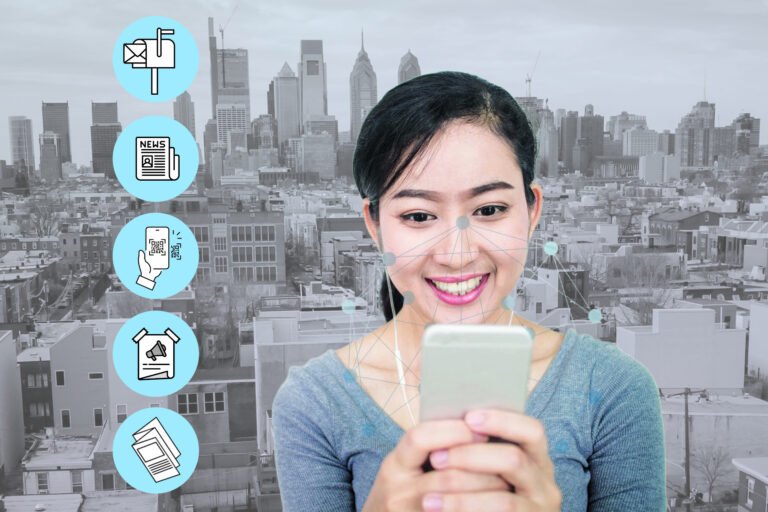Why print matters more than ever in reaching real people
The Message Didn’t Land—But It Wasn’t Your Fault
You posted the update. Sent the email. Maybe even shared it in a Facebook group.
But a week later, someone still says: “I never heard about that.”
Sound familiar?
It’s one of the most common frustrations for municipalities, nonprofits, schools, and small businesses alike. You’re putting it out there—but people still don’t know what’s going on.
It’s not that they don’t care. And it’s not that your message wasn’t important.
More often than not, it just didn’t reach them.
The Limits of Digital
The digital tools we rely on—email, social media, websites—are powerful, but they aren’t universal.
In Philadelphia, nearly 1 in 5 residents lacks reliable internet access. Even among households with broadband, many still share devices, rely on mobile data, or face steep barriers to digital literacy. For older adults, Spanish speakers, and low-income residents, broadband subscription rates remain disproportionately low.
Even those who are online face inbox fatigue, language gaps, algorithmic black holes, and—perhaps most of all—a sense of disconnect from the medium itself.
According to Pew, 25% of U.S. adults over 65 don’t use the internet at all. And among those who do, many express discomfort or distrust in navigating complex platforms or unfamiliar interfaces.
If your outreach strategy depends entirely on digital, you’re not reaching your full audience. And chances are, the people you’re missing are the ones who need to hear from you the most.
What Makes Print Inclusive?
Print doesn’t require a device, a password, or an internet connection.
It can be picked up at the library, handed out at a food pantry, pinned to a church bulletin board, or taped to a laundromat door. Print shows up in spaces where people already are—and it stays visible long after a post has been buried by an algorithm.
And because print is tangible, it lingers. A flyer might sit on a kitchen counter for days. A newsletter can be saved, shared, or marked up. People trust it more. They engage with it longer. And they’re more likely to remember it.
Print can also be designed for equity and access:
- Bilingual or multilingual layouts
- Large fonts and strong visual cues
- Simple language and clean hierarchy
- Inviting design for low-literacy or non-digital users
These aren’t just design choices—they’re thoughtful acts of kindness and inclusion.
Real-World Impact: Print in Action
Here’s what print outreach makes possible:
- 📰 Civic engagement: According to Gallup and the Knight Foundation, people who follow local news in print are more likely to be knowledgeable about local issues—and twice as likely to vote in local elections.
- 🏪 Small business visibility: A 2023 national study found that 6 in 10 Americans use newspaper ads to decide where to shop locally, and print readers are nearly twice as likely to buy home improvement, automotive, and household services compared to non-readers.
- 🎨 Community pride through visual storytelling: From illustrated COVID posters to poetry wheatpasted across boarded-up businesses, printed materials have helped Philadelphia residents share messages of hope, solidarity, and vital information in hard times.
- 📬 Uninterrupted communication: Print is 100% troll-proof and impervious to manipulation. For vulnerable populations, it’s a unique platform where messaging can’t be hijacked, twisted, or buried.
- 🗺️ Hyperlocal wayfinding: A printed postcard map, a flyer with local resources, or a poster with familiar landmarks can spark connection—and get picked up, passed around, and internalized.
Worth Remembering
Unlike other media, print exists entirely with us in the analog world.
It doesn’t require an upgrade or a Wi-Fi password — it’s there for the taking, wherever the people are.
When you have public information to share, and your message needs to reach more than just your followers, print is often both the best option, and the right thing to do.
👋 Thanks for stopping by—glad you found us. ✨ This blog is powered by East Falls Media, where we help small businesses, nonprofits, and local governments communicate with clarity and purpose. If this post was helpful, there’s more where that came from:



